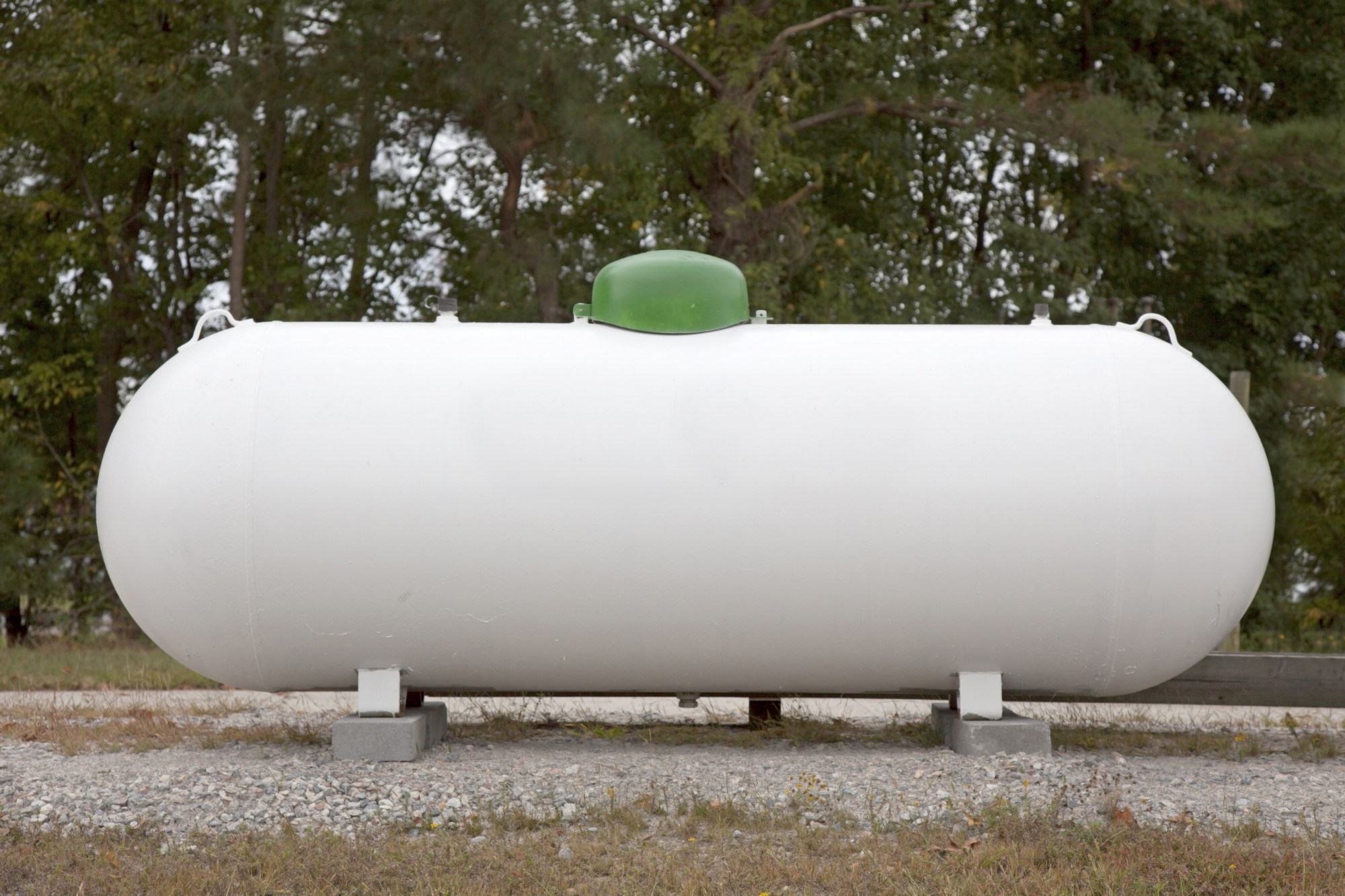Storage tanks store large quantities of dry materials. These tanks can be found in agriculture, mining, and manufacturing.
The materials stored in these tanks are often valuable commodities. The type of material used to construct these tanks is crucial.
Various materials can be used to build dry bulk storage tanks. In this article, we will compare some of the most used materials for these tanks. Read on to learn more.
Contents
Steel Tanks
Steel is one of the most used materials for dry bulk storage tanks. It is strong, durable, and can withstand extreme weather conditions. Steel tanks are also cost-effective and easy to construct. They can be built on-site or prefabricated off-site and transported to the desired location.
Steel tanks are prone to corrosion if not maintained. This can be a significant issue in industries with corrosive storage materials. Corrosion weakens the tank’s structure and contaminates the stored material, posing safety hazards.
Concrete Tanks
Concrete is another popular material for dry bulk storage tanks. It is robust, durable, and has excellent corrosion resistance. Concrete tanks are inexpensive and can be built in various shapes and sizes.
Constructing concrete tanks requires specialized equipment and skilled labor, making it time-consuming. They also have a limited lifespan and may need frequent maintenance and repairs.
Fiberglass Tanks
Fiberglass is a composite material made of glass fibers embedded in resin. It is becoming popular for dry bulk storage tanks. It is due to its durability, corrosion resistance, and lightweight nature.
Fiberglass tanks are also easy to maintain. This can be constructed in various shapes and sizes.
Fiberglass tanks may not be suitable for storing materials requiring high temperatures. They have a lower heat tolerance than steel or concrete. They also tend to be more expensive than steel or concrete tanks.
Plastic Tanks
Plastic, particularly high-density polyethylene (HDPE), is another material used for dry bulk storage tanks. These tanks are known for their lightweight and excellent resistance to corrosion.
Also, plastic tanks don’t react with most substances they store, making them a safe choice for many applications. Plastic tanks may warp when exposed to high temperatures or direct sunlight. They are less durable than steel or concrete tanks.
Aluminum Tanks
Aluminum is a durable, lightweight, and corrosion-resistant material often used in dry bulk storage tanks. Aluminum tanks are rust-resistant, making them suitable for high humidity or moisture environments.
However, they can be prone to denting and scratching. Also, certain chemicals can react with aluminum, which may limit its use in some industries.
Bulk storage silos are a type of vertical storage that is often used for storing large quantities of dry bulk materials. Like the dry bulk storage tanks, they play a crucial role in agriculture, construction, and manufacturing. The choice of material depends on factors like the nature of the material to be stored, environmental conditions, and specific industry requirements.
Understanding the Different Types of Dry Bulk Storage Tanks
In conclusion, the choice of material for dry bulk storage tanks depends on various factors, such as the type of material to be stored, budget, and location. It is essential to carefully consider these factors and consult with experts before deciding on the material for your dry bulk storage tank to ensure the safety and quality of your stored materials.
Additionally, regular maintenance and proper handling can help prolong the lifespan of any type of dry bulk storage tank.
For more helpful tips, check out the rest of our site today!

